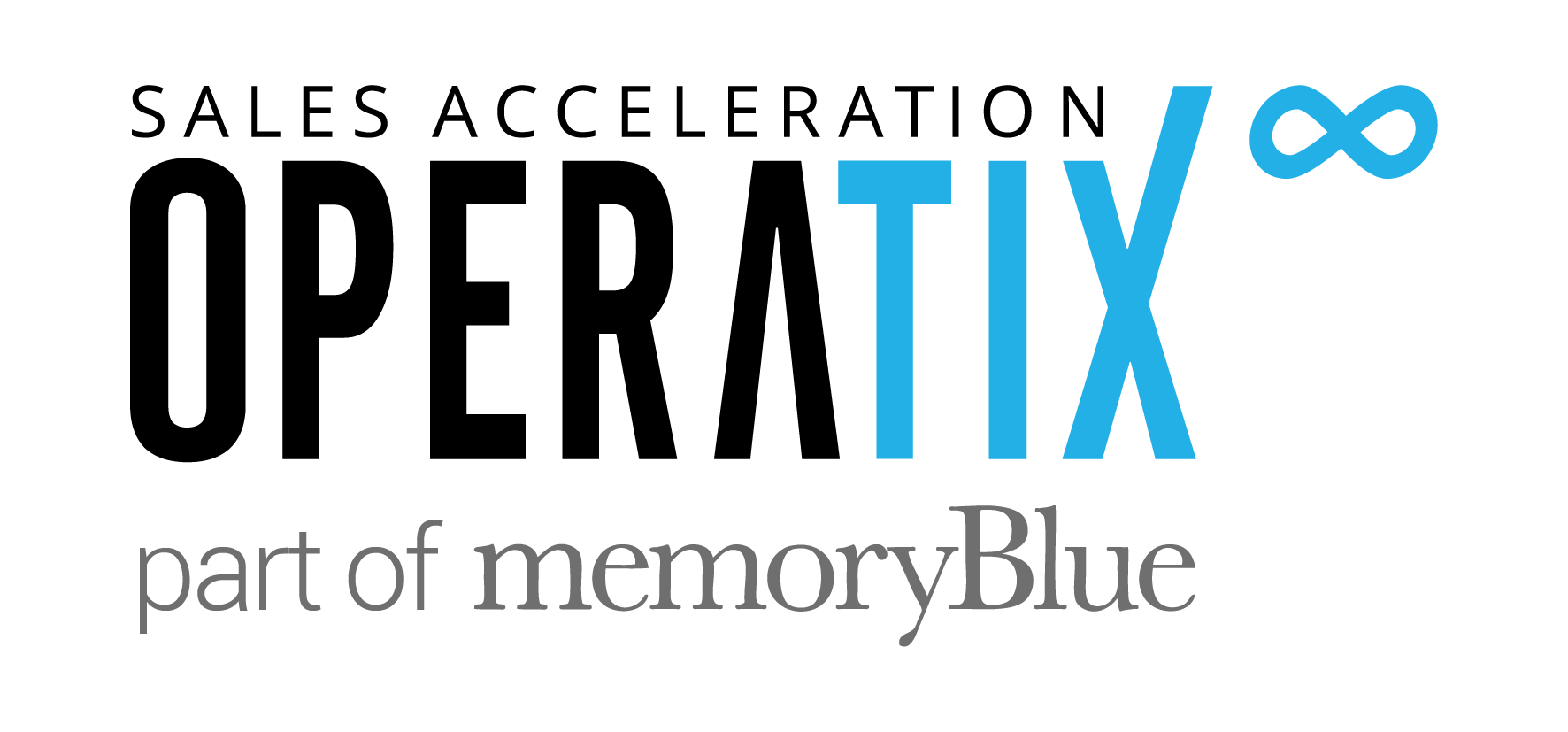Just because a prospect matches your buyer persona, it doesn’t mean they want to buy your product.
You’ve got to find triggers or signals to get in front of accounts more likely to be in the market for a solution like yours.
Recently on B2B Revenue Acceleration, we spoke with Mark Colgan, Co-Founder and CRO at Speak On Podcasts and Outbound Prospecting Coach at Sales Impact Academy, about how to get your lead research right.
Beginning his career as an SDR in the recruitment industry enabled Mark to form a solid foundation for the most challenging type of sales: “In the world of recruitment, you’re selling two things. You’re selling an opportunity to a candidate, and you’re also selling a person to the hiring manager,” he said.
Mark has developed 14 lead sourcing playbooks based on data from over 100 outbound companies, and today he shares his top insights with us.
Let’s get started!


How do I find people who are more likely to buy? The answer that I fell upon is relevance and timing.
Mark Colgan – Co-Founder and CRO at Speak On Podcasts
Lead sourcing playbooks
Citing his inspiration as The Ultimate Sales Machine by Chet Holmes, Mark contemplated these statistics – the book came out in about 2007, but it is still as relevant now.
- Only 3% of your market are actively buying.
- Only 7% may be interested in buying.
- The remaining 90% just aren’t in active buying mode.
“How do I find people who are more likely to buy?” Mark asked. “And the answer that I fell upon is relevance and timing.”
Relevance & timing
Identifying relevancy and timing means paying attention to the triggers or events happening in prospects’ lives that signal they are more likely to buy.
Here are just a few of the signals to watch for:
- Raising a round of funding (the company is growing and has new targets), which was also mentioned by ‘Michael Hanson’ in your interview with him – ‘How to Get Outbound Sales Cadences Right’
- Currently hiring (need new solutions for their team)
- Technology (what they have vs. what they need)
- New hires (motivated to make changes and do things differently, making them adopt more of a ‘buyer mode’)
- Social expansion (developing social platforms and influence) – what people comment on, request a pdf for etc. means that more often than not, that person will have an interest in whatever is posted, and this information can be an indication that they could be interested in your product, or have a problem you may be able to solve.
Think about the events based on the information you can see to determine whether you’re reaching the 3% who are actively buying.
“It’s taking the hypotheses that these people may be more likely to be interested in your product or solution or they have a problem that you can sell,” Mark said.


What is happening in my prospect’s life before they need the solution that I sell?
Mark Colgan – Co-Founder and CRO at Speak On Podcasts
Results from the playbooks
As mentioned previously, Mark has produced around 14 playbooks to this date.
Caveat: Every company is different, of course. But here are three illustrations of how the playbooks are successful.
Example one – Mark helped a cold email copywriter find people who were voting on product launches on Product Hunt and offered to review their cold email copy. The copywriter had to stop the campaign because he was flooded with inbound leads.
“It’s because we were targeting people that we knew were interested rather than targeting every VP of Sales in London, of which there’s tens of thousands on LinkedIn. So it’s really narrowing that 3%,” he said.
Example two – Mark helped a HubSpot agency set up a trigger alert, when a certain size company uses a particular technology they would reach out with a tips-and-tricks email to establish goodwill. This helped in the long run, as when these companies have a problem, they know who to seek.
Example three – Mark helped a cloud security company find a LinkedIn learning course for people with a specific certification – he used that information as a reason to reach out, because he knew the cloud security experts would have the problem that the software would help them overcome.
“It’s all about thinking, ‘What is happening in my prospect’s life before they need the solution that I sell?’” he said.
Check out Mark’s 20-minute webinar about the playbooks here.


My main methodology when it comes to outbound is that it’s not about booking appointments. It’s about starting conversations.
Mark Colgan – Co-Founder and CRO at Speak On Podcasts
Leveraging relevant research
So, how can sales people effectively address the context of their research when they reach out to the companies and individuals identified as most relevant?
It depends who you are selling to, but cold calling is one of the most effective channels when it comes to sales.
You don’t want to spook your prospect, obviously, but it’s fine to reference public data.
“The key is not to pitch your product or service. It’s really to start with a question,” Mark said.
His tried-and-true approach is to ask them whether they’re experiencing this pain.
“My main methodology when it comes to outbound is that it’s not about booking appointments. It’s about starting conversations,” he said.
If you’ve done your research well (which is a crucial step in a successful sales process), the answer to the pain question should be yes. Then you can start to ask for details and establish yourself as a reliable expert.
At one of Mark’s previous companies during a conference, they put on a happy hour and golf trip raffle instead of the big stand they usually bought. Through the relationships that were formed by putting peers in the same room, the company turned a £2,000 spend into a $ 20 million deal.
“It’s thinking about what they really want. They want to learn, they want to know whether they’re doing a good job, they want to understand from you who has a unique insight into hundreds of campaigns or hundreds of customers — and learning from your insights is one of the best ways to build yourself up, to position yourself as a trusted adviser and not that salesperson,” said Mark.
Reach Mark on LinkedIn or markcolgan.co.uk.
To hear this interview and many more like it, subscribe to The B2B Revenue Acceleration Podcast on Apple Podcasts, on Spotify, or on our website.




